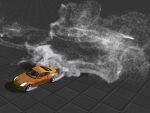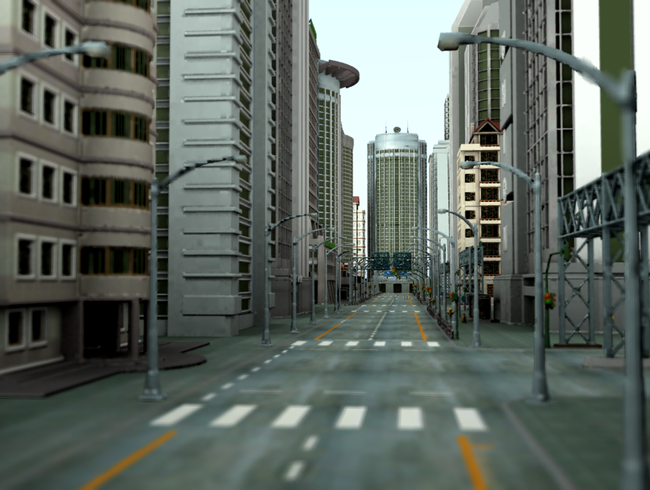Here are the papers I liked best at the first day of this year’s ACM SIGGRAPH Symposium on Interactive 3D Graphics and Games.
 Jonathan M. Cohen, Sarah Tariq, Simon Green, Interactive Fluid-Particle Simulation using Translating Eulerian Grids.
Jonathan M. Cohen, Sarah Tariq, Simon Green, Interactive Fluid-Particle Simulation using Translating Eulerian Grids.
Simulates forces (think fluids, but also smoke, blowing leaves, etc.) in CUDA in a rectangular grid that follows the object of interest. A set of particles are advected around the simulated field so you can actually see what’s happening. Cool real-time effects.
 Nils Hasler, Thorsten Thormahlen, Bodo Rosenhahn, Hans-Peter Seidel, Learning Skeletons for Shape and Pose and Christian Miller, Okan Arikan, Donald Fussell, Frankenrigs: Building Character Rigs From Multiple Sources
Nils Hasler, Thorsten Thormahlen, Bodo Rosenhahn, Hans-Peter Seidel, Learning Skeletons for Shape and Pose and Christian Miller, Okan Arikan, Donald Fussell, Frankenrigs: Building Character Rigs From Multiple Sources
Two different ways to try to automate rigging of characters for animation. Not a problem I’ve thought a ton about, but clearly the current methods aren’t good enough. I really like the way the first paper automatically discovers a pose skeleton from several example poses, but the shape skeleton and merging of shape and pose isn’t anywhere near as elegant. Frankenrigs uses a mixture of manual and automated methods that will probably prove more useful in the short term.
 Samuli Laine, Tero Karras, Efficient Sparse Voxel Octrees
Samuli Laine, Tero Karras, Efficient Sparse Voxel Octrees
Traces rays into an octree data structure on the GPU. Uses extra plane and normal information within the leaf voxels to give better quality for a given number of voxels. The end result is real-time rendering of a fully voxelized model: no textures, no polygons, just a smart data structure that says “there’s stuff here”. Code open source and online.
(paper links from Ke-Sen Huang)